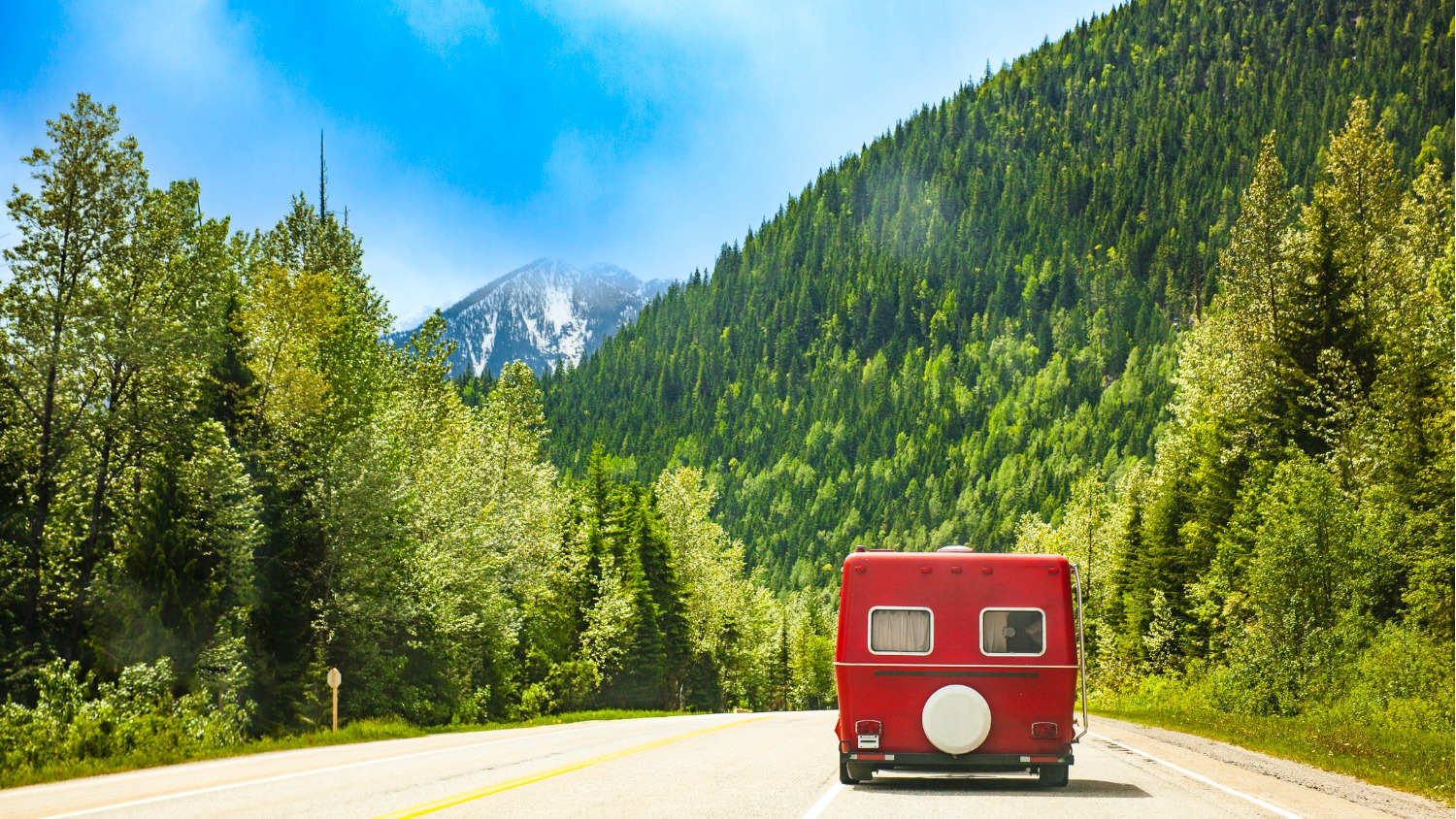
Protecting Your Heart on the Road: The Scenic Route Solution
When it comes to staying healthy on a road trip, many people focus on diet and exercise. However, the sudden cardiac death of my healthy best friend during a two-day road trip made me realize that there are other crucial factors to consider.
In this guide I present a user-friendly checklist specifically designed for you to help ensure a safe and enjoyable journey. By taking the scenic route, incorporating green spaces, monitoring heart health, and prioritizing restful sleep, you can protect your heart, and make the most of your vacation or time away from home.
Take the Long and Winding Road
When planning your car trip, consider taking the longer, tree-lined route, even if it adds some extra time to your journey. Recent studies have shown that lining highways with trees up to a depth of 1 kilometer can significantly reduce the risk of sudden cardiac death. This green road trip decision helps you avoid the silent heart and nervous system villains of air, noise, and light pollution.
Embrace Green Spaces
Make it a point to spend time in green spaces during your road trip. Plan breaks every couple of hours to visit parks or green patches of land. Spending at least one hour a day outside in green spaces, even in cloudy or cold weather, helps balance your nervous system, improves heart rate, promotes better sleep, and boosts your mood.
Notably, anger has a profound impact on the heart, with research indicating that the risk of a heart attack or erratic heartbeat increases two hours after an anger outburst.
Know and Monitor Your Baseline Heart Rate
Familiarize yourself with your resting heart rate (RHR) and heart rate variability (HRV). Your sleep quality and emotions reflect in these metrics. Anger and lack of sleep, for example, immediately affect RHR and HRV. These metrics serve as your personal real-time heart attack warning systems.
Monitoring them is simple – you can check your pulse or heart rate for a minute and compare it with your baseline RHR. You can use a smartwatch, blood pressure cuff, or manual measurements.
For HRV monitoring, a $100 chest strap and a free HRV app are necessary. Spend a minute each morning measuring your HRV, and the app will inform you if your heart and nervous system are in balance.
For more on taking your resting heart rate and heart rate variability, please see my book, Optimize Your Heart Rate: Balance Your Mind and Body with Green Space.
Action in Case of Heart Issues
If you experience sudden and lasting changes in HRV, RHR, or blood pressure during your road trip, seek immediate medical attention. Drive straight to the nearest emergency room and provide them with your recorded RHR and HRV data.
To learn more about what to do in such situations, consult chapter Should the Worst Happen to You: How to Live Through a Heart Attack, in Optimize Your Heart Rate: Balance Your Mind and Body with Green Space.
In Summary:
To protect your heart, you need to follow these steps:
1) Take the scenic route.
2) Take green space breaks every couple of hours and aim for as close to one hour outside as possible.
3) Know and monitor your heart rate once a day.
4) Go to an emergency room if you notice any sudden or lasting change in your RHR, HRV, or blood pressure. Provide these numbers to 911 or ER staff and use the language provided in my book to describe the symptoms that you do have so that 911, ER nurses and doctors will listen and prioritize your care if required.
Let’s Have a Conversation:
When you go on a road trip, which route do you take? How do you choose the best route? Do you prioritize green space when you travel? Have you experienced sudden heart issues on the road?







I don’t drive (I usually travel by train when possible or by bus), but I believe in the healthiness of green spaces – or blue, by the ocean or a lake. This article gives me a new aspect to consider.
Hello Lisa, good for you – helping the environment with your public transport choice. It sounds like you will build in green space time before and after your trips, and maybe chose a longer more scenic public transport route. My boys live in London, England and do not own cars. They do the same. Thank you for your comment :) Verla